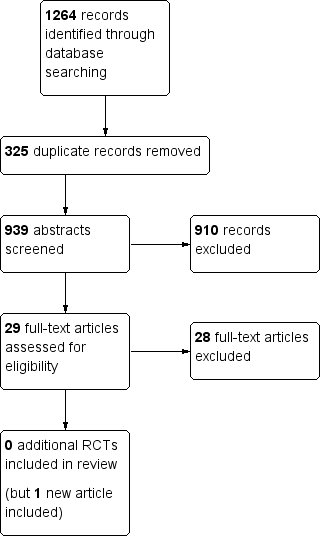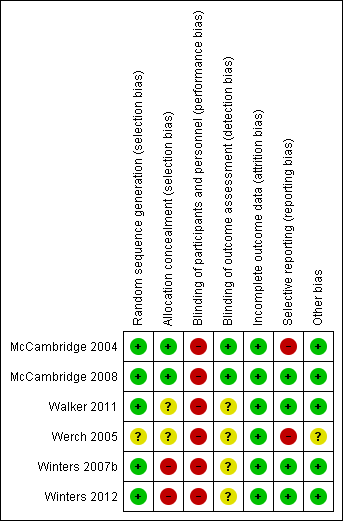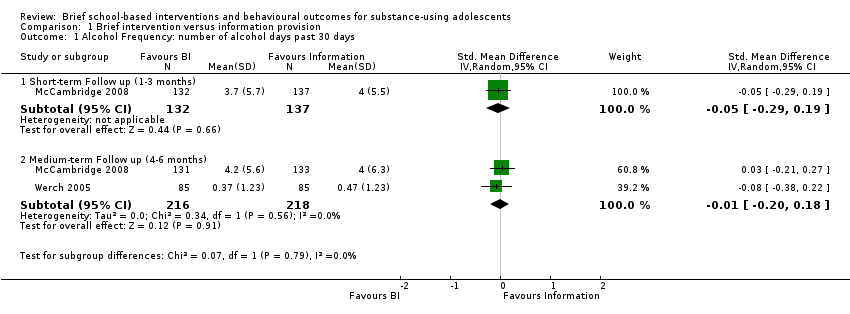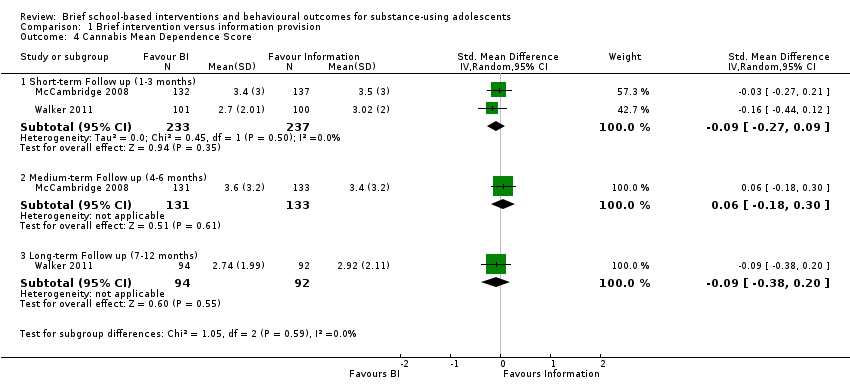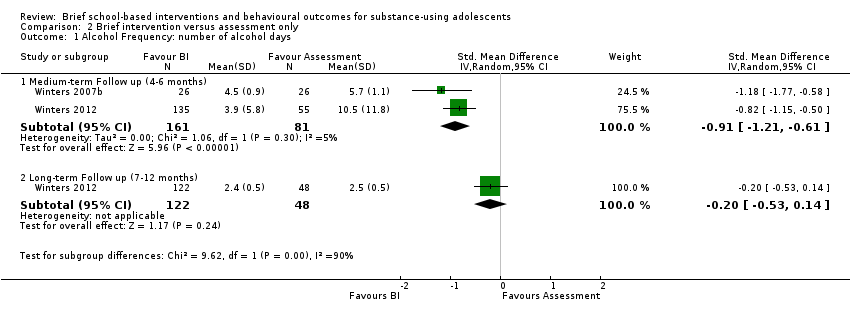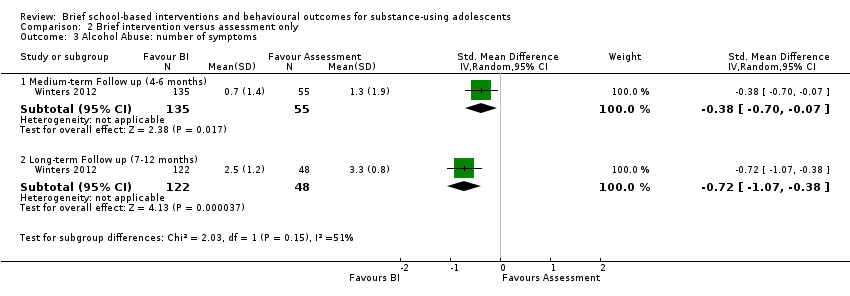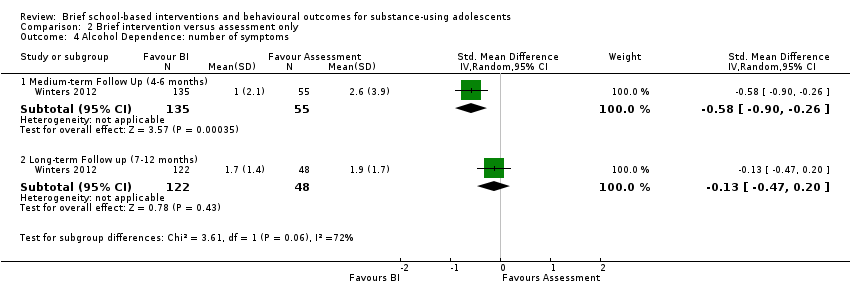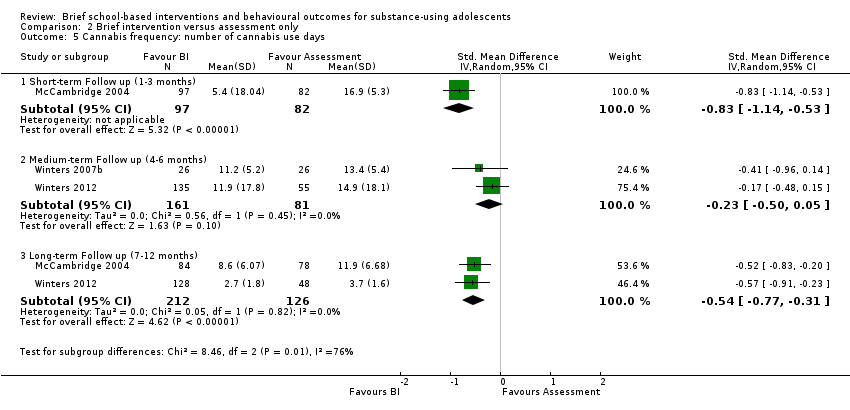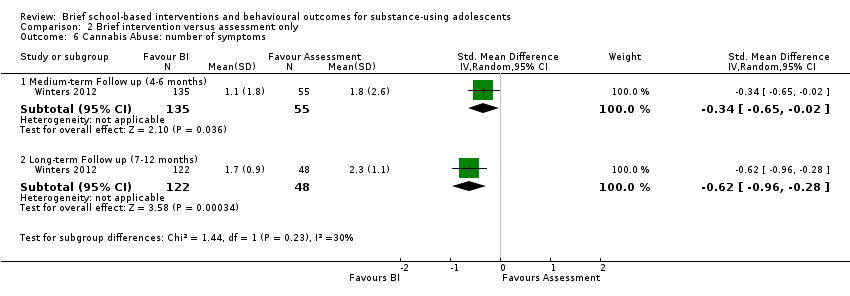Contenido relacionado
Revisiones y protocolos relacionados
Simon Gates, Jim McCambridge, Lesley A Smith, David Foxcroft | 25 enero 2006
Intervenciones psicológicas para la depresión coexistente con los trastornos por abuso de sustancias
Leanne Hides, Catherine Quinn, Stoyan Stoyanov, David Kavanagh, Amanda Baker | 26 noviembre 2019
Fabrizio Faggiano, Silvia Minozzi, Elisabetta Versino, Daria Buscemi | 1 diciembre 2014
Jan Klimas, Christopher Fairgrieve, Helen Tobin, Catherine‐Anne Field, Clodagh SM O'Gorman, Liam G Glynn, Eamon Keenan, Jean Saunders, Gerard Bury, Colum Dunne, Walter Cullen | 5 diciembre 2018
Mishka Terplan, Shaalini Ramanadhan, Abigail Locke, Nyaradzo Longinaker, Steve Lui | 2 abril 2015
Catherine D Darker, Brion P Sweeney, Joe M Barry, Michael F Farrell, Erica Donnelly‐Swift | 11 mayo 2015
Amanda E Perry, Marrissa Martyn‐St James, Lucy Burns, Catherine Hewitt, Julie M Glanville, Anne Aboaja, Pratish Thakkar, Keshava Murthy Santosh Kumar, Caroline Pearson, Kath Wright, Shilpi Swami | 7 octubre 2019
David R Foxcroft, Alexander Tsertsvadze | 11 mayo 2011
Simon B Goldberg, Brian Pace, Matas Griskaitis, Reinhard Willutzki, Nicole Skoetz, Sven Thoenesa, Aleksandra E Zgierska, Susanne Rösner | 20 octubre 2021
Pier Paolo Pani, Emanuela Trogu, Simona Vecchi, Laura Amato | 7 diciembre 2011
Respuestas clínicas Cochrane
Harish Kavirajan | 22 julio 2016


